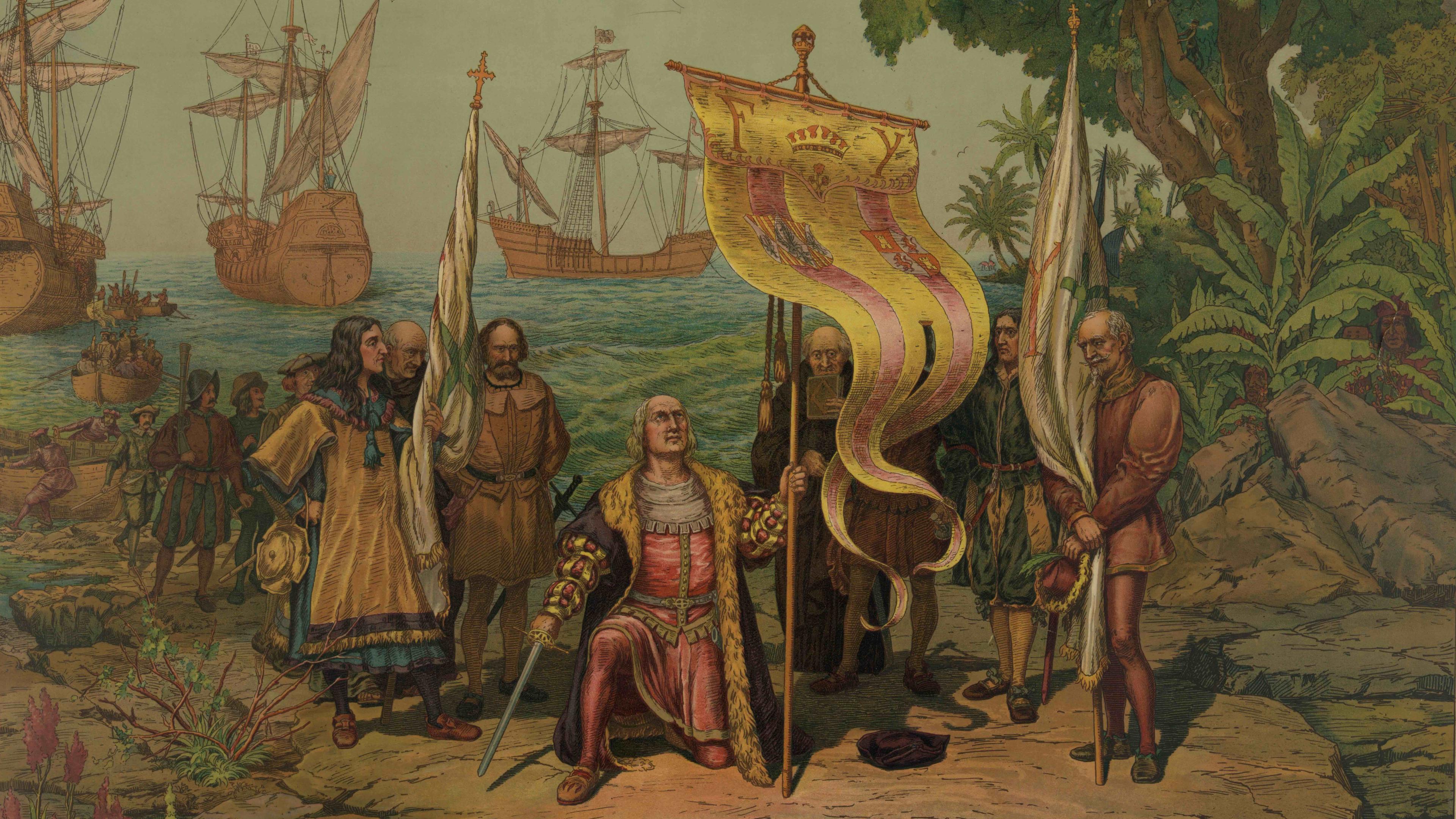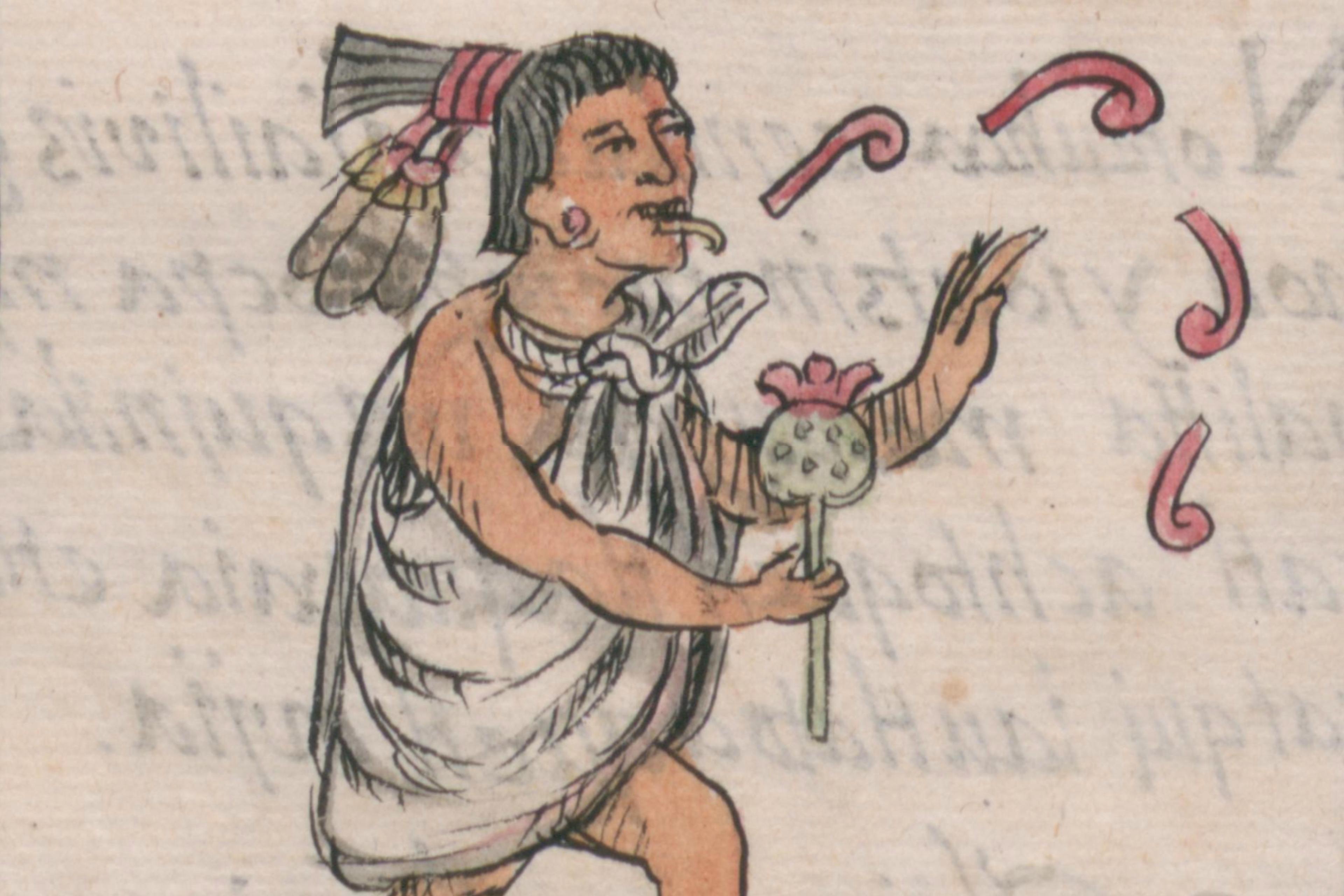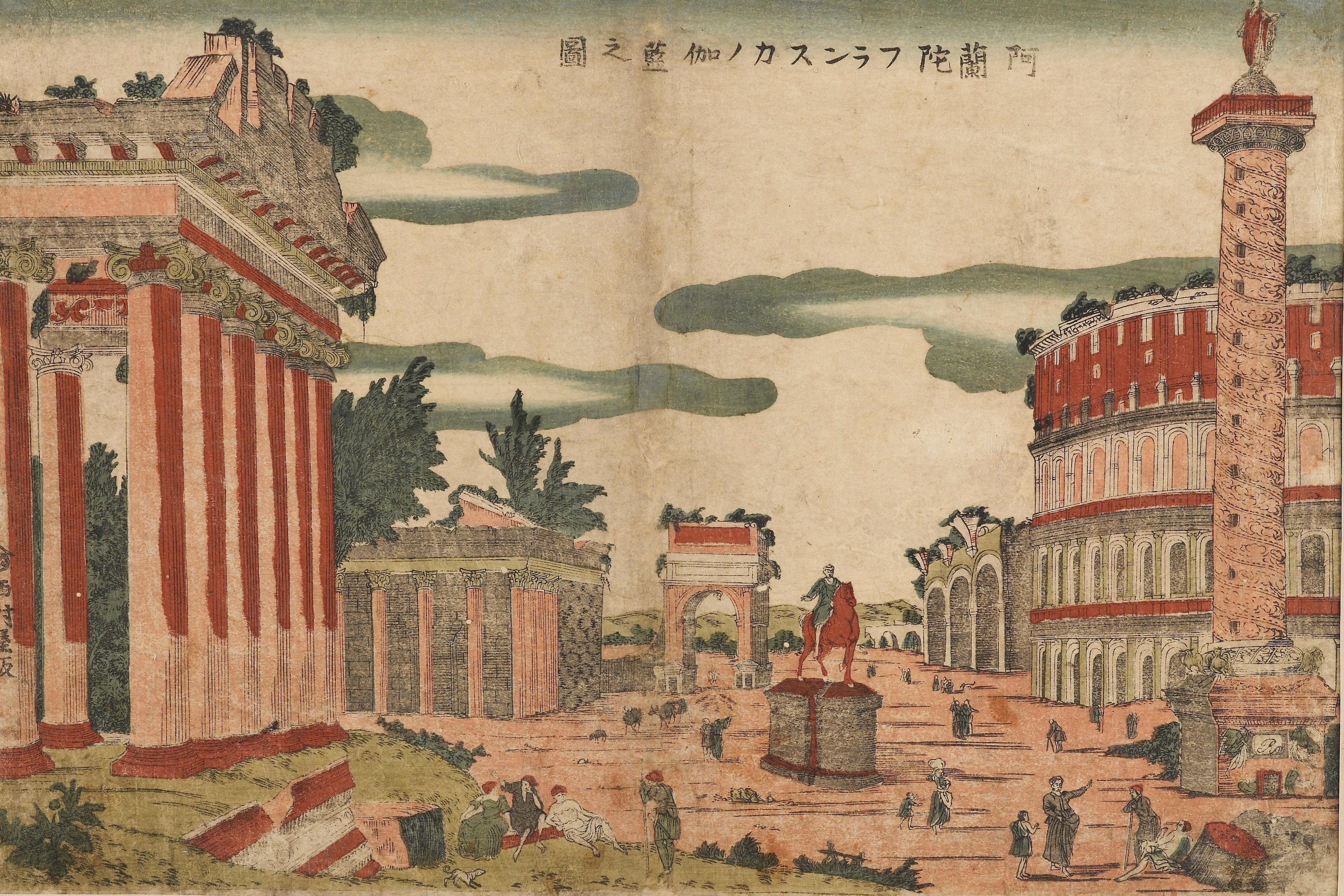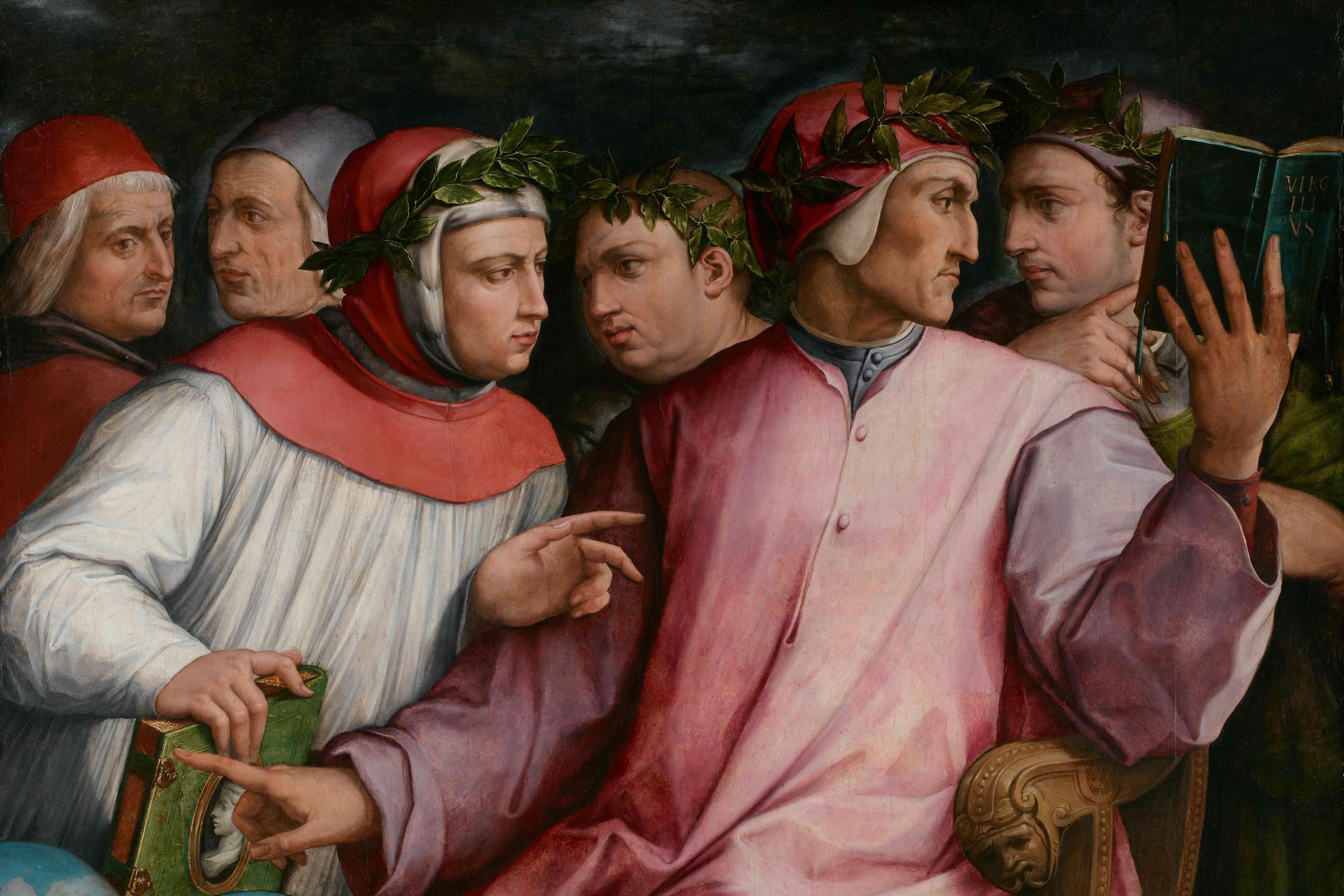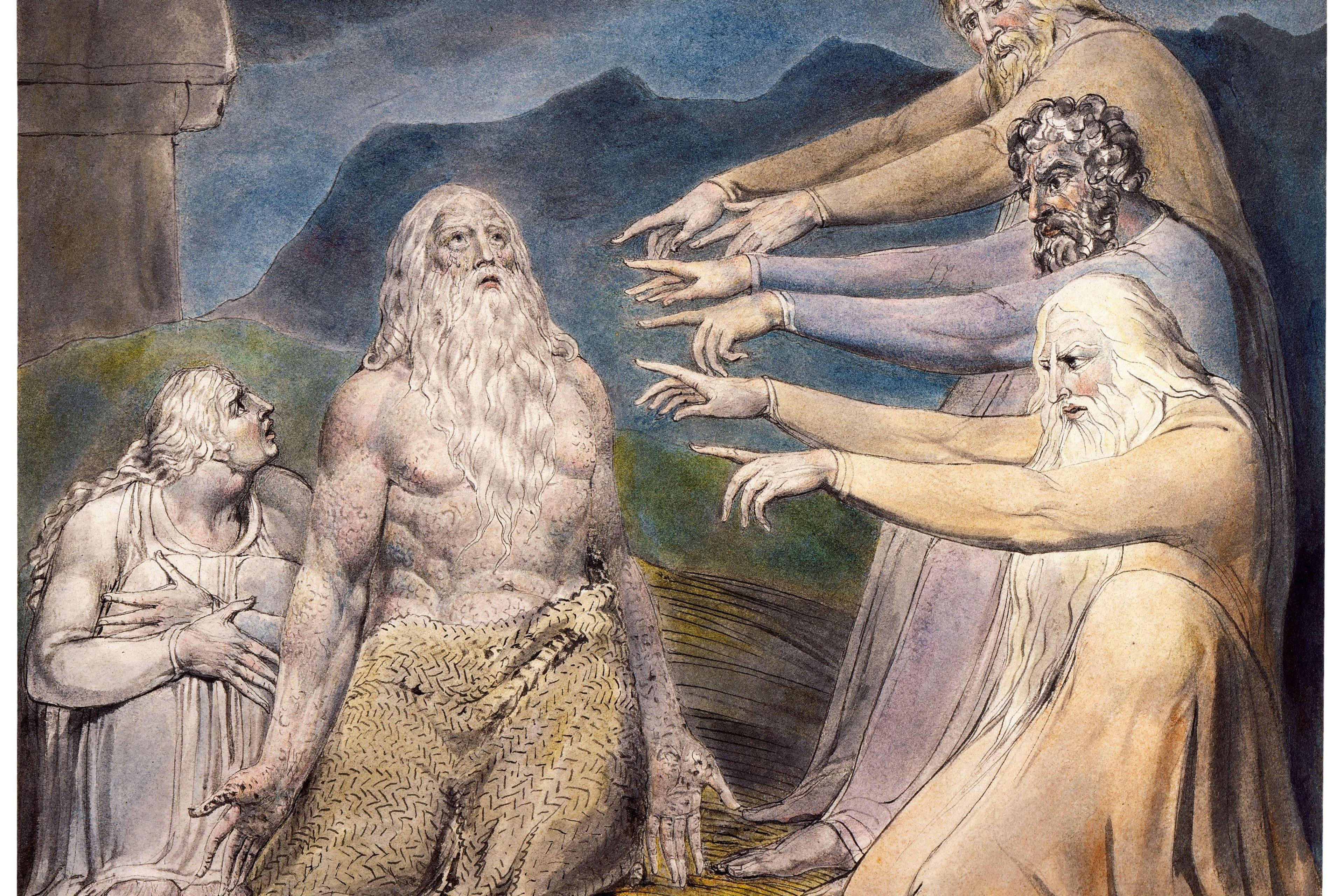What do people oppressed by one power have to say when that power expands to dominate other parts of the world? In the 16th century, Joseph ha-Kohen, a Sephardi Jew whose family had been expelled from Spain, wrote the first whole book in Hebrew about the Americas. His first-hand knowledge and experience of Spanish cruelty toward Jews gave him a lucid view of Spain’s colonial project at a time when few understood it.
The year 1492 was when Spain’s King Ferdinand and Queen Isabella gave Christopher Columbus the go-ahead for his westward expedition to what he thought would be India. It was also when they expelled the Jews from Spain. Their decision, sweeping and without appeal, ended almost 1,000 years of Jewish life and culture on the Iberian Peninsula. Eventually, the expulsion would lead to Sephardic (or Spanish) Jewish culture spreading and developing in other parts of Europe and the world. Still, the immediate aftermath left a deeply shocked community grappling with the trauma of exile and rebuilding a life in unfamiliar environments.
Ha-Kohen was born in 1496 in Avignon, France, to parents expelled from Spain in 1492. The family resettled in Genoa when he was five years old. They hoped to build a stable home there, but recurrent expulsions made that difficult, as they forced him and his family to move out of Genoa every few years. The expulsion of 1550 seems to have marked a turning point for Ha-Kohen, who devoted himself to writing from then on. His Chronicles of the Kings of France and Ottoman [Sultans], a massive treatise on the rivalry between Christendom and Islam, and the Valley of Tears, a book on the history of the Jews from the destruction of the Second Temple, are well known and frequently cited. However, his book about the discovery and colonisation of the Americas, the Sefer ha-India ha-Hadasha (in Hebrew) or ‘The Book of the New India’, is barely known. Unable to print it due to censorship of Hebrew books, Ha-Kohen copied and recopied his book nine times, more than any of his other books. This was a labour-intensive task (the manuscript is 600 pages long!) that occupied him until the end of his life.
Sefer ha-India ha-Hadasha is presented by Ha-Kohen as a translation of Francisco López de Gómara’s Historia general de las Indias (1552) into Hebrew. However, upon close examination, it becomes apparent that Ha-Kohen’s work was not a faithful translation but departed from Gómara’s text in significant ways. This does not mean that Ha-Kohen produced a ‘bad’ translation; instead, his was a translation as political statement, in which mistranslations, additions or omissions are not the result of linguistic inaccuracies but reflect the translator’s intentional appropriation of a text to transmit a different message to its new audience.
Ha-Kohen thought that this was an important book. Why else would he have translated it into Hebrew, produced a 600-page manuscript, and then meticulously copied and recopied the full manuscript nine times? He wanted his Jewish readers to know about the New World, and carefully translated the chapters and sections about the geography, flora, fauna and populations of the Americas, giving his readers detailed information about the continent, its landscapes, mountains, valleys and rivers; its people, their cultures, religions and languages; and its foods. However, when translating Gómara’s triumphant narrative of Spanish discoveries and conquest, Ha-Kohen recoiled. It was a narrative that could not remain unanswered, especially to Sephardi Jews who, after being expelled, had had to grapple with the reality that Spain did not suffer a setback due to the departure of its Jewish population but became a powerful global empire. Throughout his book, Ha-Kohen removes Gómara’s references to the newly discovered lands being Spanish or Christian, and offers a critique of Spain’s treatment of native Americans, sometimes with explicit comparisons to its treatment of Sephardi Jews.
It starts with his description of Columbus’s first voyage. Whereas Gómara referred to 1492 as the year of the capture of Granada and noted that ‘in ending the conquest of the Moors that lasted over 800 years, the conquest of the Indians was started, for Spaniards always fight with infidels and enemies of the holy faith of Jesus Christ,’ Ha-Kohen placed the expedition of 1492 under the sign of the expulsion and linked it to subsequent Spanish suffering. To Sephardi Jews worried that their expulsion and Spain’s discovery of the New World was a sign that God had abandoned them, Ha-Kohen provided a reassuring answer, telling them that God had not left the Jews, but inflicted evils and afflictions on Spanish troops wherever they went:
And they [the Catholic Monarchs and Columbus] made a treatise written and signed in Granada on the 30th of the month of April in the year 1492; this is the year of the expulsion. In this hurried year, all the armies of the Lord left Spain, upon the decision of these monarchs, during the fifth month, and from there, they were dispersed to the four corners of the earth … What did they do in the other lands of the king and cities by the sea? They suffered many troubles and various evils and afflictions, and their lives were shortened along the way. God saw and turned [towards us], and we were saved for the sake of Your name.
Later, Gómara narrated Columbus’s triumphant return to Spain, where he was received with great honour by the monarchs. Here, instead of celebrating Columbus and the beginning of Spanish colonisation and conquest with Gómara, Ha-Kohen added a poem to the text that set the record straight on the harsh reality of colonisation:
And I will write my own [poem], I Joseph ha-Kohen, and say:
For Castile and also for Leon
Columbus found a new world
…
Then many nations were humiliated
from so much shame, contempt, and dishonour
For this man passed through [their land]
Becoming for them an ‘affliction of prickly briers’.
In this poem, Ha-Kohen pointed out that, while Gómara spoke of the glory that Columbus’s voyages brought to Spain, it had been a scourge and an affliction for the people of the Americas.
In subsequent descriptions of the encounter between the Spaniards and America’s native populations, Ha-Kohen wrote about religion. He shared with Gómara a sense of superiority towards the people of the Americas, whom they both described as primitive but, for Ha-Kohen, Spain and Christianity did not automatically represent better societies or religions. For example, when Gómara accused ‘Indians’ of idolatry, Ha-Kohen did so too, but then clarified that ‘they themselves [the Spaniards] also believe in statues and idols.’ And when Gómara described the conversions of Indians as a glorious victory and a divine sign, Ha-Kohen, alluding to the mass forced conversions of Jews in Spain, added: ‘but remember the cruelty of the Catholic Kings against the Jews.’
Ha-Kohen had never been to the New World, and he had had no contact with native Americans, so in that sense, his poem was speculating about native American feelings. But he had first-hand experience of how Spain treated people it deemed inferior and different. The expulsion of 1492 may have looked like a victory and a fantastic event to Spaniards, but he knew the pain and suffering it caused to those expelled; he knew that there were two sides to Columbus’s story and that Gómara was telling only one.
Writing from his position of multiple exiles, Ha-Kohen may have wondered where future generations of Jews would live if European rulers regularly expelled them from their lands. In his book, he informed his Jewish readers about the ‘New World’ and suggested that they could consider living there if needed. Three words in Ha-Kohen’s translation of the title Gómara gave to his Chapter 8 – which describes the papal donation of 1493, by which Pope Alexander VI gave the overseas territories to Spain and Portugal – made clear that the lands did not exclusively belong to Spain and Portugal, or to Christianity. Gómara’s title was ‘How the Pope Gave the Lands to the Spanish Monarchs’. Ha-Kohen changed this to: ‘How the Pope Gave What Wasn’t His to the Spanish Monarchs’. He then deleted the papal bull from the chapter and shortened Gómara’s lengthy praise of the pope to two short sentences in which he demeaned Alexander VI by calling him ‘this priest’. If the lands did not belong to the pope, then the donation of 1493 could not be legal. Thus, Ha-Kohen invalidated the legal basis for Spain’s claim to the Americas, making it clear that they had stolen the land by force and violence.
In a short essay on translation, Friedrich Nietzsche wrote that translation was a form of conquest. For example, the French revolutionaries’ appropriation of Roman antiquity as their own turned revolutionary France into the descendant of the Roman Republic. Ha-Kohen did something similar with his translation of Gómara. From his lonely exile in the Genoese mountains, he appropriated the colonising narrative for his Jewish readers, letting them know that Spain’s power was not due to virtue but to oppression, and that the entire world did not belong to Christianity. For Sephardi Jews faced with overwhelming Christian power over their bodies and souls, down to controlling the places where they could live and not, conquering the Spanish coloniser’s narrative through translation was a powerful form of resistance.
